The spiral galaxy NGC 6946 (shown in false color) lies at a distance of 17 million light years
Click on image for full size
NASA
Two Worlds Collide
News story originally written on July 20, 1997
Astronomers saw a very bright object at the Kitt Peak National Observatory in Arizona. It was seen again by the ROSAT X-ray satellite. Astronomers first thought it was a young supernova. A supernova is when a star explodes, throwing off gas and other materials. Because of the explosion, the materials are moving at very high speeds.
Astronomers were very confused about the identity of the object because it didn't have the composition a young supernova should have. With the help of the Hubble Space Telescope, the confusion was ended.
Using the Hubble's Wide Field and Planetary Camera 2, astronomers were able to identify two separate objects very close to each other. The images showed two supernovae (the plural of supernova) crashing into each other.
Just like two cars crashing, two supernovae crashing can be dramatic. In this case the crashing caused the very dramatic light display that astronomers first saw.
William P. Blair, a John Hopkins University astrophysicist, is leading the team of scientists who are studying the supernovae in galaxy NGC 6946. The NGC 6946 is like our own galaxy, the Milky Way, because it is a spiral galaxy. It is located 17 million light years away and can be viewed in the northern constellation Cepheus.
You might also be interested in:
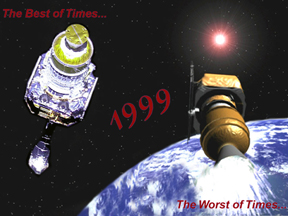
It was another exciting and frustrating year for the space science program. It seemed that every step forward led to one backwards. Either way, NASA led the way to a great century of discovery. Unfortunately,
...more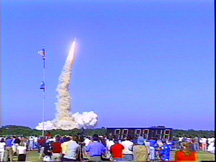
The Space Shuttle Discovery lifted off from Kennedy Space Center on October 29th at 2:19 p.m. EST. The weather was great as Discovery took 8 1/2 minutes to reach orbit. This was the United States' 123rd
...more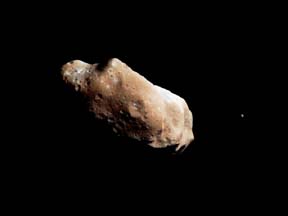
A moon was discovered orbiting the asteroid, Eugenia. This is only the second time in history that a satellite has been seen circling an asteroid. A special mirror allowed scientists to find the moon
...more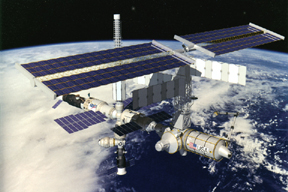
Will Russia ever put the service module for the International Space Station in space? NASA officials want an answer from the Russian government. The necessary service module is currently waiting to be
...more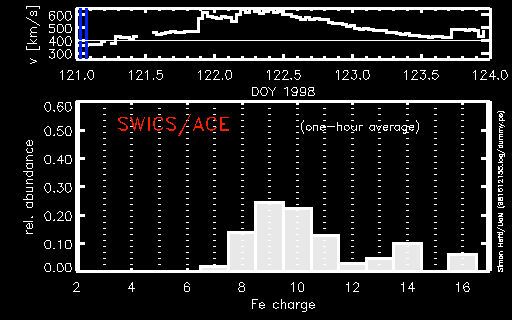
A coronal mass ejection (CME) happened on the Sun early last month. The material that was thrown out from this explosion passed the ACE spacecraft. The SWICS instrument on ACE has produced a new and very
...more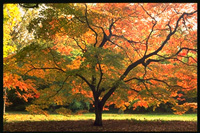
J.S. Maini of the Canadian Forest Service called forests the "heart and lungs of the world." This is because forests filter air and water pollution, absorb carbon dioxide, release oxygen, and maintain
...more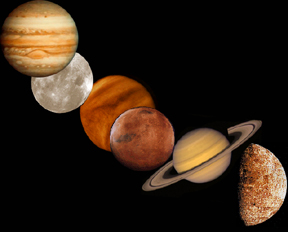
In late April through mid-May 2002, all five naked-eye planets are visible at the same time in the night sky! This is includes Mercury which is generally very hard to see. You won't want to miss this!
...more















